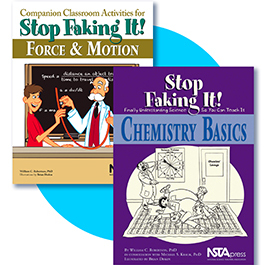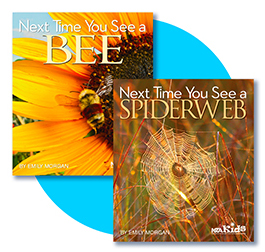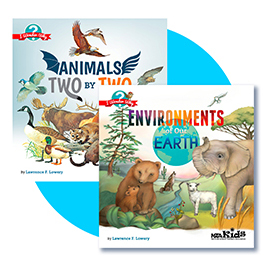Popular Series
NSTA Press

Edited by William C. Ritz and William Straits
Rather than teaching science facts to 3- to 7-year-olds, you can use the inquiry-based activities in the books to prompt children to make discoveries on their own. Lessons include lists of learning objectives and required materials, relevant background to help you prepare, plus at-home activities written in English and Spanish. Connections to multiple subjects—including reading, writing, math, dramatic play, and art—let you offer related learning opportunities.
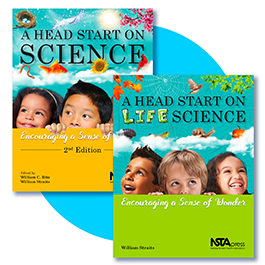

By Page Keeley
Probes cover topics such as physical, life, and Earth and space science; the nature of science; and unifying themes. Each volume on page 23 provides topic-specific probes. These invaluable books include teacher materials that explain content, identify links to standards, and suggest grade-appropriate ways to present materials so students learn the concepts accurately. Teachers, professional development coordinators, and college science and preservice faculty will find these resources essential and exciting.
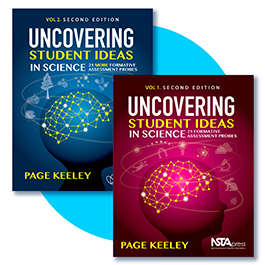

By: Karen Ansberry and Emily Morgan
The award-winning NSTA Press® Picture-Perfect Science Lessons series combines science and reading in a natural way and provides easy-to-grasp background in science and language arts, and now STEM. The classroom-tested lessons clearly identify the appropriate science content per grade and embed carefully selected reading strategies.
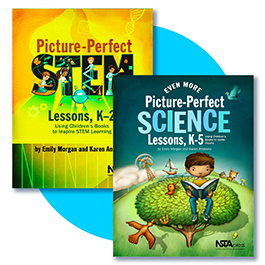

Edited by Carla C. Johnson, Janet B. Walton, and Erin Peters-Burton
Map out a journey that will steer your students toward authentic problem solving as you ground them in integrated STEM disciplines.
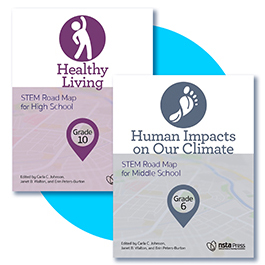

By: Ted Willard
The guides are available in grade-specific versions for elementary, middle, and high school, plus a version for K–12. Each book provides the appropriate performance expectations; disciplinary core ideas; practices; crosscutting concepts; connections to engineering, technology, and applications of science; and connections to the nature of science.
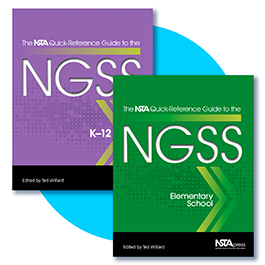

By: Patrick Brown
These books discuss two popular approaches for structuring your lessons: POE (Predict, Observe, and Explain) and 5E (Engage, Explore, Explain, Elaborate, and Evaluate). Simple shifts in the way you arrange and combine activities will help young students construct firsthand knowledge, while allowing you to put the Next Generation Science Standards (NGSS) into practice.
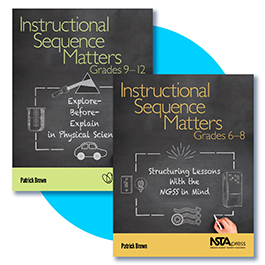

By: Richard Konieck-Moran
Everybody loves a mystery—and thousands of teachers love how the Everyday Science Mysteries series gets students engaged in real phenomena about science content. Author Richard Konicek-Moran uses each mystery to present opportunities for students to ask questions, form hypotheses, test ideas, and come up with explanations. Konicek-Moran engages students by grounding the stories in familiar experiences that provide a foundation for discussion.
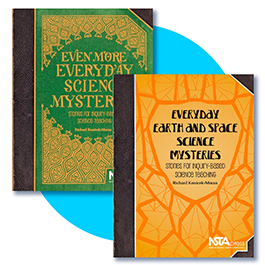

By: Matthew Bobrowsky, Mikko Korhonen, and Jukka Kohtamäki
Using Physical Science Gadgets and Gizmos, Grades 3–5 invites students to go beyond simply memorizing facts, to learn using curiosity-piquing devices and doohickeys; these contraptions are part of 30 activities relating to eight broad areas of physical science, including speed, friction and air resistance, and electric circuits.
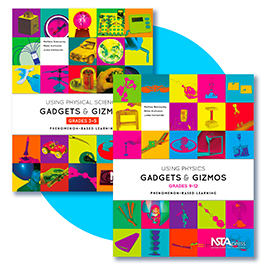

By: Jodi Wheeler-Toppen
These books provide everything you need to boost students’ skills in science concepts and reading at the same time. The books start with advice on teaching reading-comprehension strategies to middle school students. Then the 12 content chapters give you hands-on science lessons organized in a learning cycle.
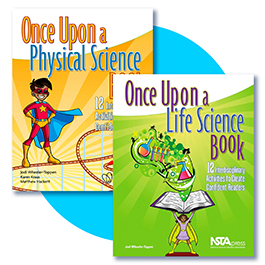

By: Julie V. McGough and Lisa M. Nyberg
Through thoughtful text, informative photographs, and links to special videos, they provide fresh, lively strategies you and your students can learn from and enjoy and use to integrate state standards, Next Generation Science Standards, Common Core State Standards, and STEM education practices. The authors of the Powerful Practices series are veteran educators who know how busy and demanding today’s K–6 classrooms are.
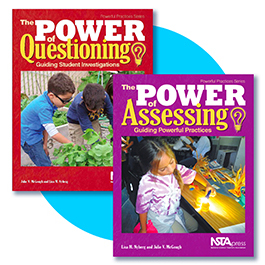

By: Tom J. McConnell, Joyce M. Parker, and Janet Eberhardt
The Problem-Based Learning series will help you engage your students in scenarios that represent real-world science in all its messy, thought-provoking glory. The scenarios will prompt K–12 students to work collaboratively on analyzing problems, asking questions, posing hypotheses, and constructing solutions.
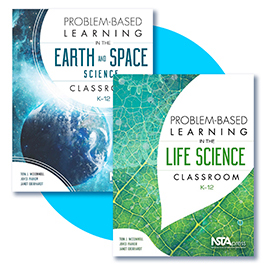

By: William C. Robertson, Ph.D.
NSTA Press’s best-selling Stop Faking It! series comes to your rescue! Author Bill Robertson has been helping teachers develop a deeper understanding of scientific principles for years. He uses fun examples, easy-to-understand language, and accurate explanations to teach in a stress-free way. His trademark wit and irreverence help dispel long-held fears so you can grasp scientific concepts with confidence. Perfect for K–8 teachers, homeschoolers, or parents who just want to boost their science know-how .
